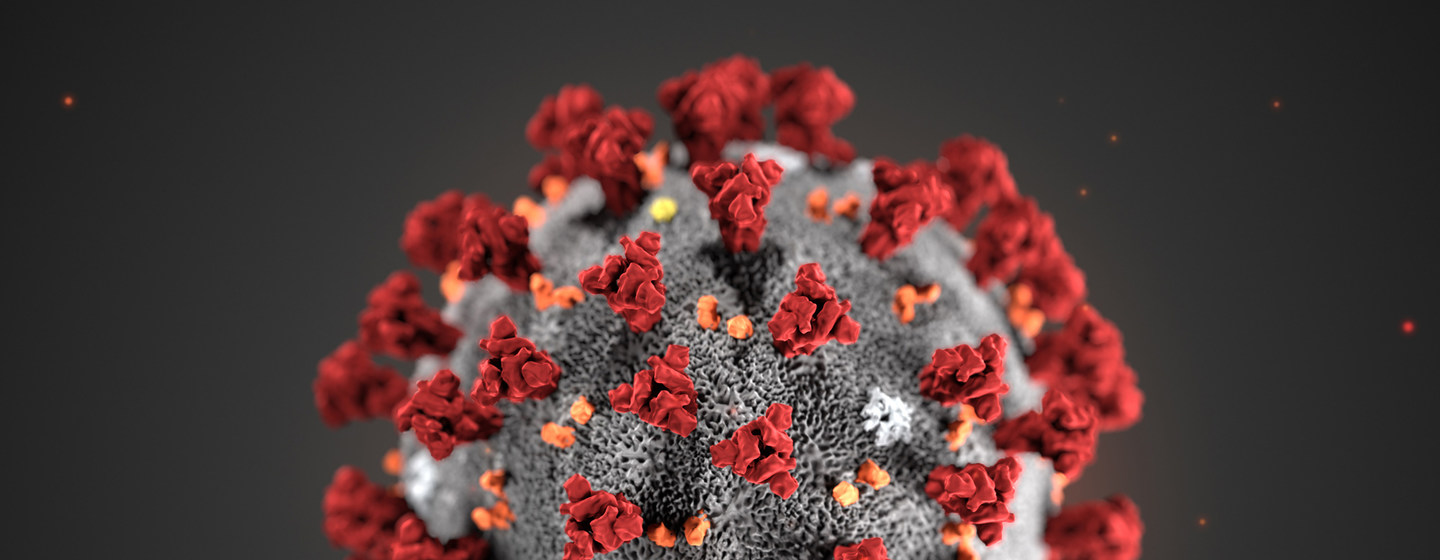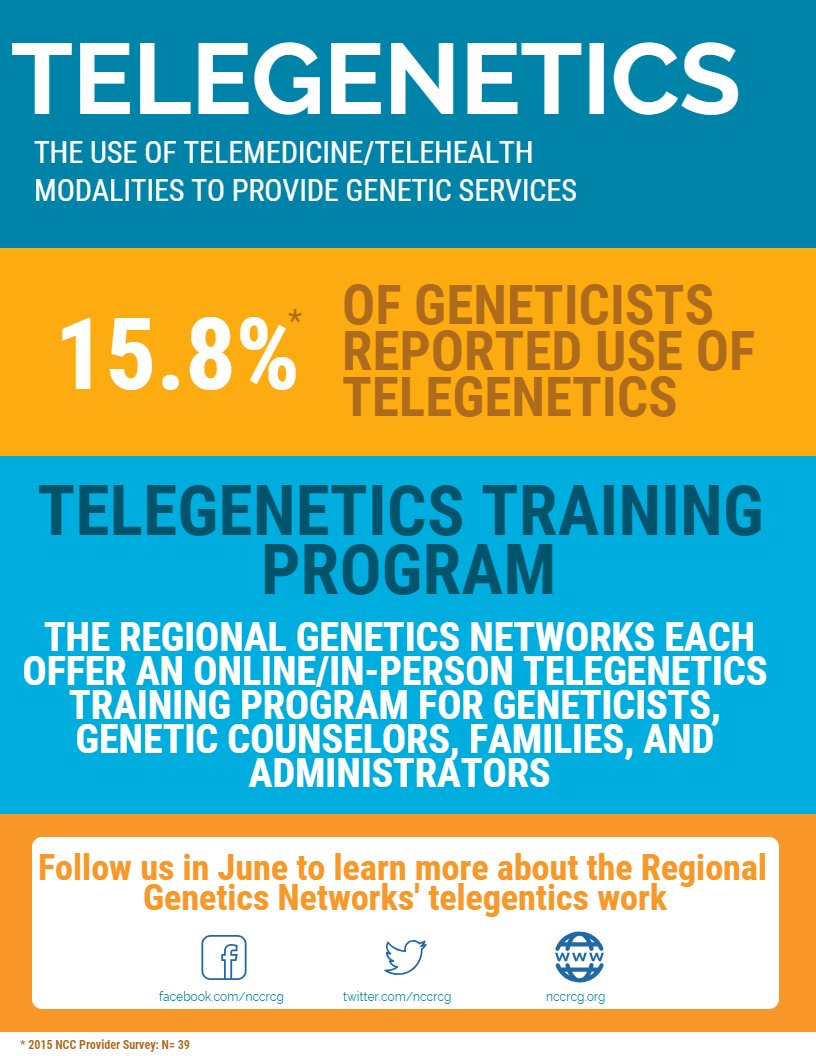
The adoption of telemedicine has been slow around the globe, including in genetics. Telemedicine was in early developing in 1992 and some 30 years later it was still regarded as hard to sell to the health sector. Health sector regulations in a number of countries were not compatible with the adoption of telemedicine, including a number of states in the US where it is not permitted.
The coronavirus pandemic has led to a very rapid change in the way people live. Some of these changes in response to the pandemic will be short term and will disappear with the virus, but we may see some of these changes continue to stick beyond the pandemic.
The use of telemedicine has often been promoted as a way to provide medical services to those in remote locations, to areas where there is a shortage of doctors and to patients who would otherwise find it difficult to attend a consultation in person, perhaps due to health issues. The coronavirus pandemic has created a situation where there are more patients than medical services can cope with in many locations. The subsequent introduction of social distancing and the increasing number of people self isolating has further led to dramatic increase in the number of people who are unable to attend consultations in person.
Only 15.8% of geneticists use telemedicine, but this could change.
We previous wrote about how only 15.8% of geneticists use telemedicine. For many who are in lockdown or self isolation, telemedicine may be the only way they can now access genetic services, such as genetic counselling. The current surge in demand for telemedicine is linked to those wish to access GPs. This is being supported by governments and health sector officials who want to limit the transmission of the coronavirus. Governments are changing regulations and making funds available for healthcare providers to use telemedicine technologies. This is also helping to address the shortage of doctors and nurses in any given area by allowing patients to have remote consultations with GPs over a larger geographical area.
The consequence of this rapid adoption of telemedicine through necessity is that health professionals, regulators and patients may change their views and see the benefits, resulting in a demand for telemedicine that survives beyond this pandemic.





